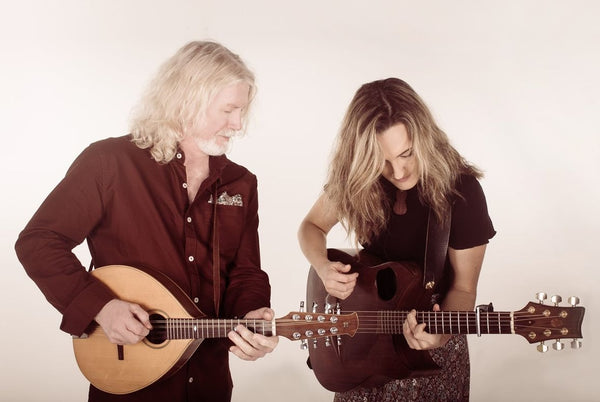Getting Hopped

Hops are often referred to as “the spice of beer”, with good reasoning. These small but powerful flowers pack a huge punch and, like a chef experiments with spices, brewmasters worldwide are beginning to branch out in the ways in which they are combining and using hops in their brews.
So what do we already know? Well in our History of Beer article we discovered that the technique of using of hops to flavour beer was first documented around the 9th century, however it wasn’t until the thirteenth century that this technique was perfected and it wasn’t until around the 1500’s that hops fully replaced the old methods and were considered an essential part of the brewing process. Hops are the reason that the two classes of ale and beer were created. Although ale now only means ‘a strong beer’ back in the 1500’s in Great Britain it was decreed that hopped beverages would be called beers, whilst their more traditionally flavoured counterparts were labeled ales. Since their introduction hops have not only revolutionised the flavours of beer but have also assisted with huge advancements in the production and sale of beer.
One of the benefits of using this flower is that it acts as a preservative, giving beer greater longevity; it is this which gave rise to the hoppier IPA (Indian Pale Ale) because when Britain shipped beer out to its colonies in India who were thirsty for a taste of home, the beer spoiled en route. This resulted in some very downcast beer lovers. The solution, it was discovered, was to add more hops to the beer increasing its longevity and allowing it to survive the long journey across the oceans.
Ok so what are hops? Hops -or humulus lupulus- are small flowers that look like little green pinecones. The hop plant is dioecious meaning that each plant is either male or female, and these flowers only appear on the female plants and therefore all hop fields are solely female, with males used only for breeding purposes. Each hop is unique in what it offers to your beer and there are around eighty varieties of hop being used commercially today. It is the alpha and beta acid contents of each variety that makes each of these varietals unique and it is by the content of these acids that we categories each hop into one of two class: bittering hops and aroma hops.
Bittering hops have a higher concentration of alpha acid and, as their name suggests, they impart bitter flavours into the beer; combating the sweetness imparted by the roasted grains. These hops are boiled for a long period of time, spending 60-90 minutes in the kettle at the end of the boil; the longer you leave the hops in the kettle the more bitterness you add to the brew.
Aroma hops have a lower concentration of alpha acid and, you guessed it, a higher concentration of beta acids. These hops are added to the kettle just ten to thirty minutes before the end of the boil to impart that hop taste and those hoppy aromas; they are added this late so as to prevent the evaporation of the essential oils that provide those distinctly hoppy aromas. If a brewer wishes to get just the hoppy aroma they add the hops after the wort has cooled, while the beer ferments; this technique is known as dry hopping. Using the dry hopping technique the hops can be let in the brew for up to a week or two (sometimes even longer) adding a vibrantly, fresh, hoppy aroma.
Although these are the two “classifications” of hops there are those that don’t really fall on either side of the fence and these are called dual use hops. These possess bittering and aromatic qualities and can be added at many different points of the boil, depending upon the effects desired by the brewmaster.
Hops are dried in an oast so as to protect their longevity, and the dried hops are, more than often, pressed into shapes such as pellets or plugs; although whole dried flowers can also be bought for use. Each brewer has their preference as to which form they use and none are right or wrong, or definitively better than the other. A technique that is rarer than others, but still used by many brewers, is one called ‘wet hopping’; this technique involves using freshly picked hops to flavour beer. The opinion of how this actually effects the flavour of the beer seems to be one of personal preference.
Before we finish, how does it make your beer taste? Hops add bitterness (yes you told us that) and earthy and fruity flavours to your beer. Some of the words used to describe flavours and aromas imparted by hop are: grassy, citrus, floral, perfume, lemon, piney, herbal and earthy.
So there you have it, that’s hops in a nutshell for you! Next time you reach for that beer, be it an IPA, an ale or even a Pilsner, see what hoppy notes and flavours you can detect in its flavour profile and its aromas, often we will detect the most overpowering one however other will lie behind it, and it is these that help to fill our beers with flavours even if we, as expert beer drinkers but amateur tasters, don’t really recognise them.



